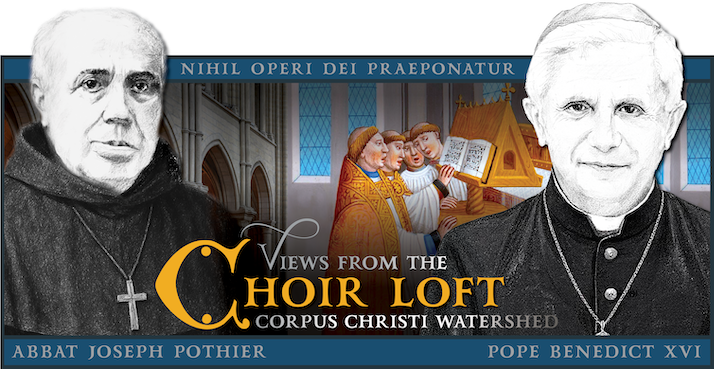 ’LL NEVER FORGET my first days at Curtis Institute of Music. It was a hot, muggy late August in Philadelphia. I was 18. My parents dropped me off at a studio apartment one block from school (Curtis provided no dorms at the time). I was alone in a big city where I knew only a handful of people.
’LL NEVER FORGET my first days at Curtis Institute of Music. It was a hot, muggy late August in Philadelphia. I was 18. My parents dropped me off at a studio apartment one block from school (Curtis provided no dorms at the time). I was alone in a big city where I knew only a handful of people.
One of the first things I did after I got settled was to drop into Curtis and look at the bulletin board. The orchestra manager had listed part assignments for our first rehearsal of the school year. I would be playing second-chair clarinet on Bruckner’s Fourth (“Romantic”) Symphony. It was a juicy assignment for a freshman, but I only got it because one of the upperclassmen was out of town. New woodwind players at Curtis are like “redshirt” freshmen on college football teams, participating in workouts and learning the plays but doing very little high-profile performing.
I had heard of the great Austrian composer Anton Bruckner, but I hadn’t played any of his works in youth or school orchestras. That first rehearsal exposed me to his sonic world. The large intervallic leaps. The splashes of harmonic color. The walls of big, brassy sound. And at a critical moment in the last movement, there was a brief solo for second clarinet, which in this case was to be played by a terrified freshman.
During my second year at Curtis, we played Bruckner’s Eighth Symphony. By the time I graduated, I was a Bruckner fan. Little did I realize I would one day be conducting a choir capable of singing Bruckner’s many fine motets.
Prepare to Feel Your Knees Buckle

Bruckner was a devout Catholic. Most choir directors are familiar with his Locus Iste, Vexilla Regis, and multiple settings of Ave Maria and Christus Factus Est. You may have also explored at least one of his eight versions of Tantum Ergo. My choir learned the B-flat setting for a special Mass at our diocesan cathedral because Bruckner’s motets sound as if they belong in a spacious building.
Chances are, you’ve never even heard of Bruckner’s Salvum Fac Populum Tuum. I probably stumbled across it while spending a lazy afternoon on Choral Public Domain Library.
The piece alternates passages of chant with falsobordone. Although it’s nominally in D minor, it travels through G minor and C major, punctuated by juicy chords at cadences. At the thrilling climax, the sopranos soar to a high G. For me, though, the highlight is the ending. After a brief contrapuntal section in C major, we suddenly modulate to Db major—in pianissimo. When we first sight-read through this piece a few years ago, I remember glancing at our bass section and watching two of our singers’ knees buckle when they heard that first chord in the new key.
Although you don’t see many choral settings of this exact text, you may recognize it as the ending of the Te Deum—especially if you pray Matins every day. Like any skilled choral composer, Bruckner brings the text to life so that you can never read it the same way again.
Insider Tips on Salvum Fac Populum Tuum
What I love about this piece:
-
It’s Bruckner.
-
It flows naturally for a choir like mine that makes its living on chant.
-
It presents a non-professional choir with a wide range of attainable challenges: chant, polyphony, a big high point, a stunning pianissimo ending.
A few tips:
-
Be careful not to let the chant drag. It’s syllabic, which sometimes encourages singers to place undue weight on each syllable.
-
Warm up your choir. I don’t mean for that to sound condescending; you probably do begin each rehearsal with a warmup. But you won’t want to skimp on warmups the day you’re singing this motet. Although I wouldn’t consider Bruckner to be “big-voice music” in the same way that, say, Pierre Villette’s motets are, I also don’t think it’s the kind of music that a lighter-voiced choir can skate through.
-
Don’t miss this opportunity to introduce your choir to the entire Te Deum. Have them read the complete text with translation. Better yet, have them sing the Ambrosian chant to put this motet in its proper perspective.
Enjoy! And then consider letting yourself be hypnotized by the sweeping string lines of the second movement of Bruckner’s Fourth Symphony.
Attribution for Te Deum image:
By Nheyob – Own work, CC BY-SA 4.0,
website link

